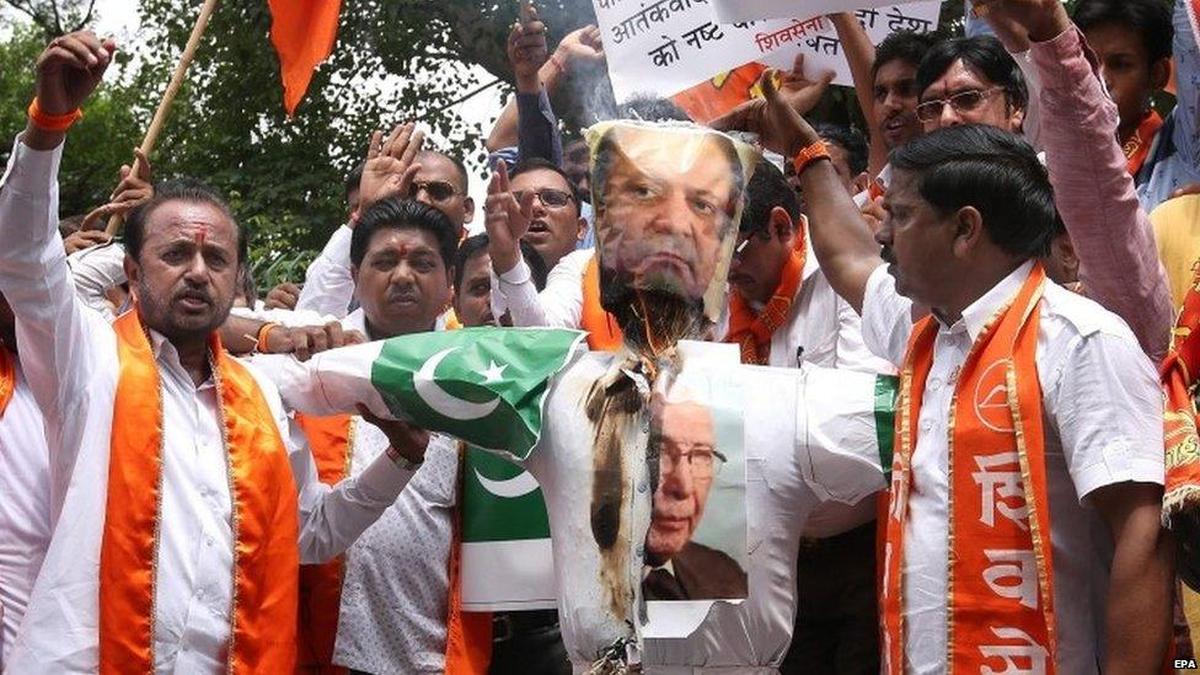Physical Address
304 North Cardinal St.
Dorchester Center, MA 02124
Physical Address
304 North Cardinal St.
Dorchester Center, MA 02124

On May 10, 2025, U.S. President Donald Trump announced that an India Pakistan ceasefire had been reached after weeks of deadly cross-border strikes and rising nuclear tension.
The trigger: an April 22 terrorist attack on tourists in Indian-administered Kashmir. India immediately pointed the finger at Pakistan, while Islamabad firmly denied involvement.
The ceasefire was confirmed by both sides and set to begin at 5 p.m. IST (7:30 a.m. ET). But stability was questioned just hours later, as fresh explosions were reported in Srinagar.
Takeaway: A ceasefire is in place, but the ground remains shaky.

Trump claimed the United States mediated the India Pakistan ceasefire via backchannel talks. Secretary of State Marco Rubio and Vice President JD Vance also reportedly spoke with top leaders on both sides in the lead-up to the deal.
Pakistan’s Prime Minister Shehbaz Sharif publicly thanked the U.S. leadership. India, however, avoided crediting Washington, emphasizing direct talks with Islamabad instead.
Takeaway: Washington says it brokered the deal—India says not so fast.
While the U.S. took the public lead, Saudi Arabia, Turkey, and the UK played behind-the-scenes roles in making the India Pakistan ceasefire happen. Saudi diplomats quietly visited both capitals in the days before the announcement, offering mediation.
The ceasefire drew broad support from the UN, Germany, and other global players, all of whom urged both countries to stay the course.
Takeaway: This wasn’t just a U.S. play—global pressure helped seal the deal.
India’s Foreign Secretary Vikram Misri confirmed the ceasefire and stated military leaders would meet again on May 12. India reiterated its zero-tolerance stance on terrorism.
Pakistan called the agreement a win for diplomacy. PM Sharif said peace was critical but warned it couldn’t come at the cost of sovereignty or security.
Takeaway: Both countries support the truce—for now.

Soon after the ceasefire took effect, explosions rocked Srinagar. Jammu and Kashmir Chief Minister Omar Abdullah confirmed the blasts, reigniting fears that the India Pakistan ceasefire was already under threat.
Reports of continued drone activity and sporadic shelling added to growing doubts.
Takeaway: Ceasefires are easy to declare, harder to enforce.
Further talks are scheduled, but the Kashmir dispute remains unresolved. The India Pakistan ceasefire offers a breather, not a resolution.
Takeaway: The fighting may have paused—but the conflict hasn’t ended.
The India Pakistan ceasefire may be a diplomatic win, but its fragility was clear within hours. With both nations historically skeptical of one another—and Kashmir still a flashpoint—the next days will test whether peace is possible or fleeting.
Takeaway: The ceasefire is a start—but keeping it will take more than press releases.
Daily News. No B.S. No Fluff. Just What You Need to Know.